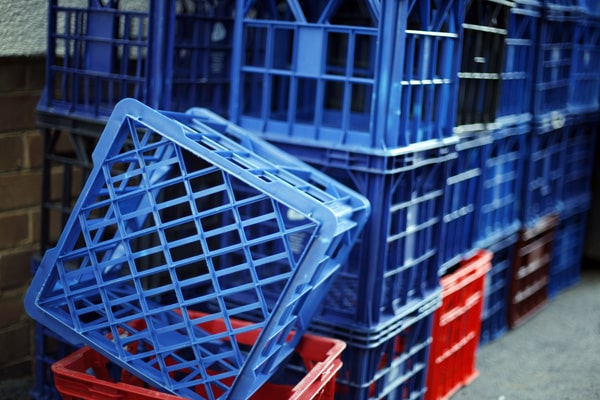Introduction
Plastic crates are ubiquitous in modern day transportation and storage solutions. From grocery stores to warehouses to construction sites, plastic crates offer durability and affordability that has made them a mainstay in various industries. However, increasing use of plastic crates has also brought environmental and health concerns to the forefront. In this article, we explore the rise of plastic crates, their benefits, and examine some of the issues associated with their production and disposal.
The Rise of Plastic Crates
Plastic Crates first emerged in the 1950s as a substitute for wooden boxes and crates. Made of polypropylene and other thermoplastics, they were significantly lighter yet very strong compared to wood. This allowed easier handling and transportation of goods. Their chemical composition also made them resistant to damage from moisture, insects and rot – issues that are common with wooden containers. Through the late 20th century, plastic crates rapidly replaced traditional wooden boxes across many industries due to their lower production and transportation costs. Today, billions of plastic crates are manufactured annually worldwide to meet the demands of the consumer goods and other industries.
Advantages of Using Plastic Crates
– Durability: Plastic crates can withstand repeated use, handling, and stacking without sustaining damage like wooden containers. This makes them cost effective over the long term.
– Lightweight: On average, plastic crates weigh up to 80% less than comparable wooden crates. This allows filling more crates in each shipment, reducing transportation costs.
– Weather Resistance: Plastic crates do not swell, crack or rot when exposed to moisture, sun or extreme temperatures like wood. This makes them suitable for outdoor storage and transportation of goods.
– Customizability: Plastic crates are manufactured in customized shapes, sizes and colors to suit specific product and industry requirements.
Environmental and Health Issues of Plastic Crates
While plastic crates have significant functional benefits, their extensive use also contributes to environmental pollution and potential health hazards that require addressing.
Plastic Waste Problem
– Most plastic crates are made from non-biodegradable polymers that persist in landfills and oceans for centuries.
– It is estimated that over 1 billion plastic crates are discarded as waste annually across the world.
– Photodegradation of plastic crates releases microplastics into the soil and water bodies which are then absorbed by plants and aquatic organisms.
Toxic Emissions
– Production of plastic crates involves extraction of crude oil and natural gas which emit greenhouse gases contributing to global warming.
– Manufacturing plastic crates in factories releases toxic byproducts like volatile organic compounds into the air, water and soil.
Health Hazards
– Repeated long term exposure to microplastics released from degraded plastic crates is linked to immunity, hormonal and reproductive issues in mammals.
– Workers involved in plastic crate manufacturing are at risk of respiratory illnesses from inhaling toxic emissions.
Sustainable Solutions
Given these environmental and health impacts, stakeholders must collaborate and adopt more sustainable solutions towards plastic crate usage.
Reduced Usage and Reuse
– Industry buyers and distributors can rationalize crate requirements and optimize crate to cargo ratios to minimize plastic waste.
– Reusable plastic crates with unique identifiers can encourage return and reuse over discarding after single usage.
Using Recycled Plastic
– Plastic recycling programs can provide recycled plastic flakes for manufacturing new crates, reducing the virgin plastic content.
– Collaboration with waste management firms ensures easy recovery of used crates for recycling.
Biodegradable Alternatives
– Research into bioplastics derived from renewable feedstocks like starch, cellulose or agricultural waste can provide compostable options.
– Biodegradable additives may also help conventional plastics safely break down at the end of their lifecycle.
Government Regulation and Industry Initiative
– Financial incentives and policies promoting recycling, reuse and sustainable alternatives can drive real change.
– Voluntary industry guidelines and commitments towards circular plastic crate economy are equally important.
Overall, While plastic crates offer functional advantages, a more sustainable approach balancing economic, environmental and health priorities is needed. Stakeholders must prioritize reduction, reuse, recycling over single-use to mitigate the impacts of plastic crate usage. With collaborative efforts, more sustainable solutions can be achieved.
*Note:
- Source: CoherentMI, Public sources, Desk research
- We have leveraged AI tools to mine information and compile it

